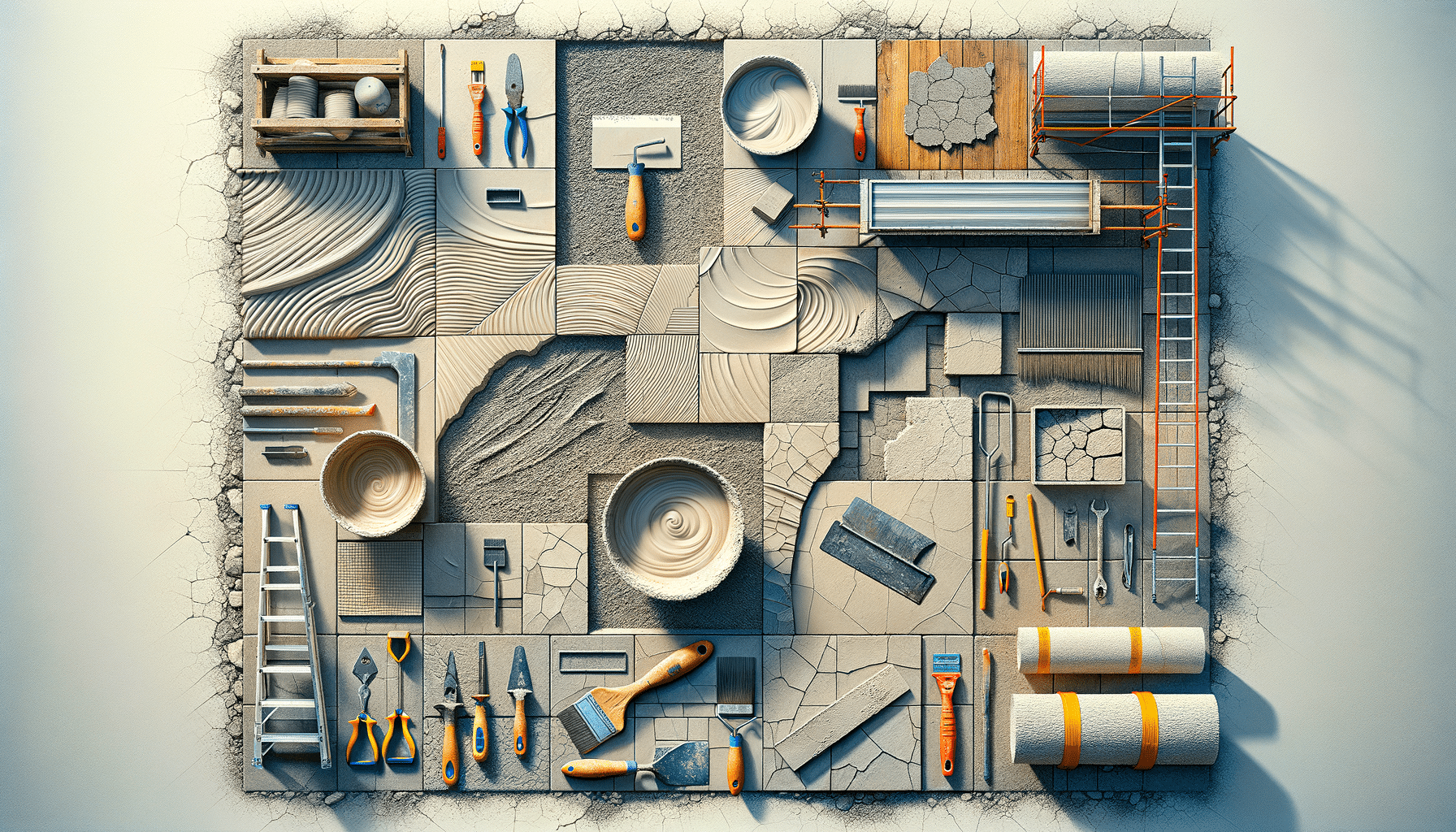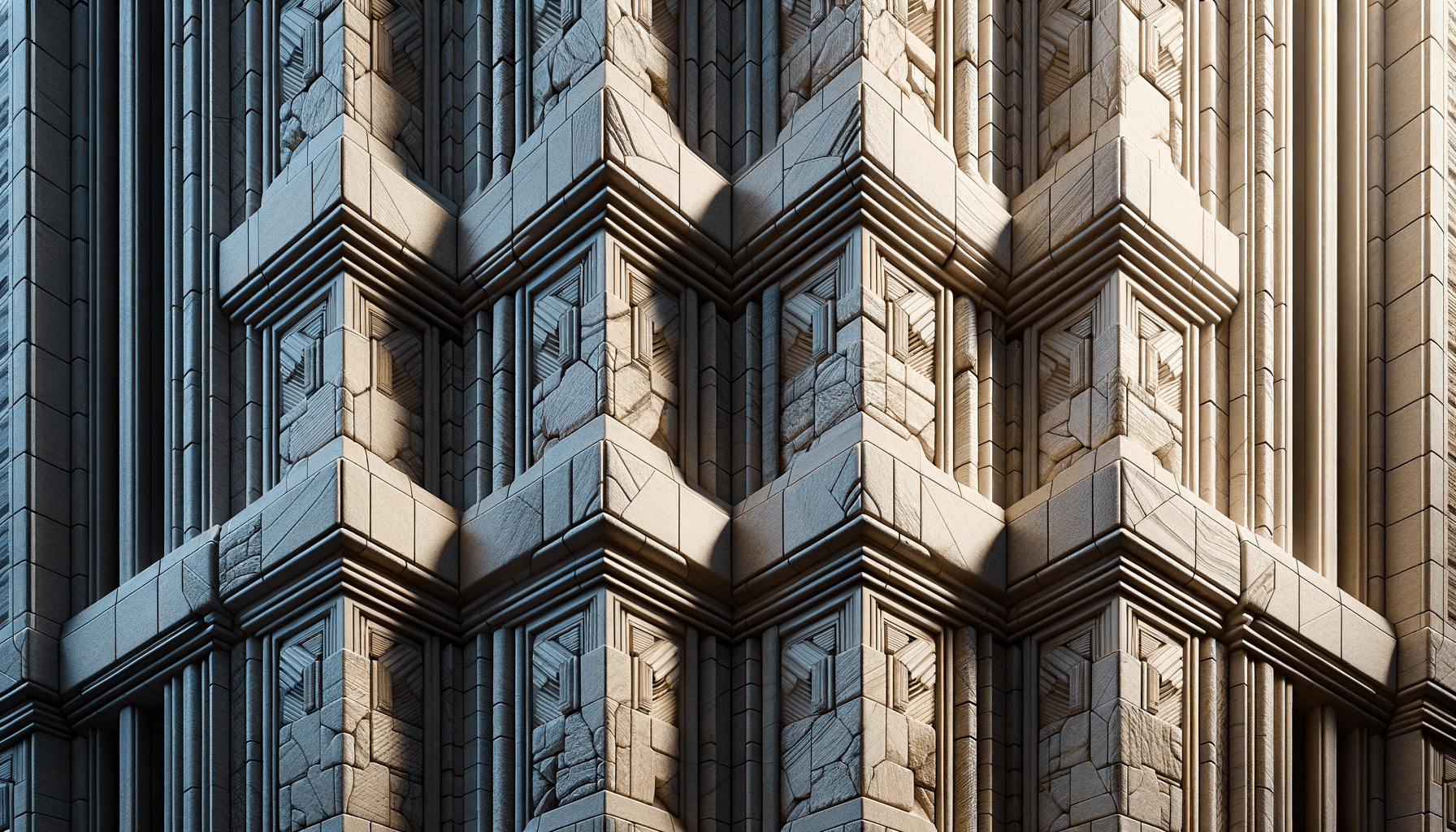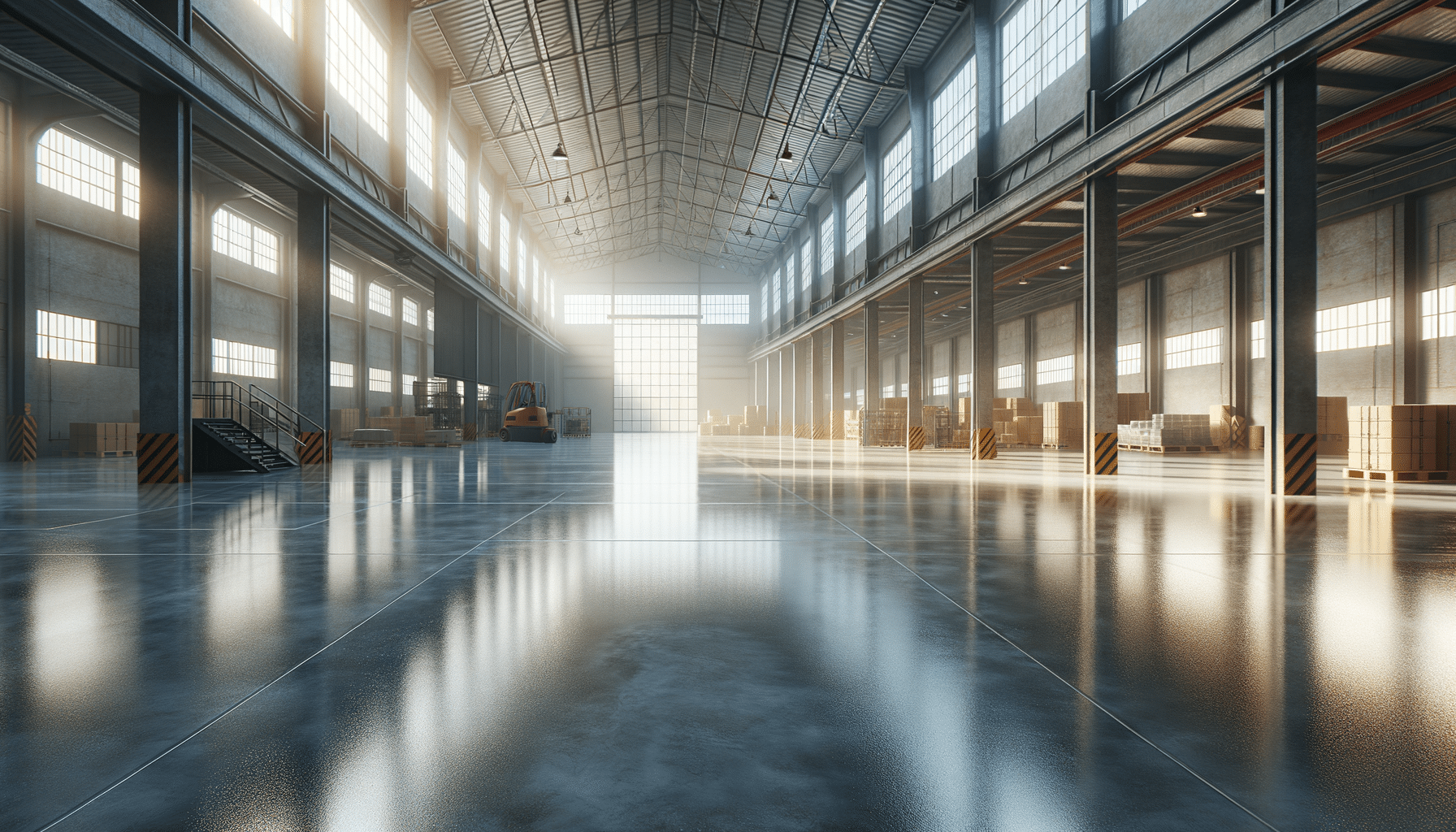
Understanding Stucco Repair: A Comprehensive Guide
Introduction to Stucco Repair
Stucco has long been a favored material in construction, particularly in regions with dry climates. Its ability to provide a seamless, durable, and aesthetically pleasing finish makes it a popular choice for both residential and commercial properties. However, like any building material, stucco is not immune to wear and tear. Over time, factors such as weather conditions, structural shifts, and accidental impacts can lead to cracks and damage, necessitating stucco repair. Understanding the intricacies of stucco repair is crucial for homeowners and property managers alike, as it helps maintain the structural integrity and aesthetic appeal of buildings.
Common Causes of Stucco Damage
Stucco damage can arise from various sources, each requiring a different approach to repair. One of the most common causes is moisture infiltration. Despite stucco’s reputation for being water-resistant, prolonged exposure to moisture can lead to deterioration. This is often exacerbated by poor installation techniques or inadequate sealing. Another frequent cause of damage is the natural settling of a building. As structures shift over time, stress is placed on the stucco, leading to cracks. Additionally, physical impacts, whether from accidental collisions or vandalism, can also compromise the integrity of stucco surfaces. Identifying the root cause of stucco damage is the first step in effective repair, ensuring that the underlying issue is addressed to prevent future problems.
Assessing the Extent of Stucco Damage
Before embarking on any repair work, it’s essential to assess the extent of the stucco damage. This involves a thorough inspection of the affected areas, looking for signs of cracking, chipping, or discoloration. In some cases, what appears to be minor surface damage may indicate more significant underlying issues, such as water penetration or structural instability. It’s advisable to consult with a professional if there’s any doubt about the severity of the damage. They can provide a detailed assessment and recommend the appropriate course of action. Addressing all aspects of the damage ensures that repairs are not only cosmetic but also functional, restoring the stucco to its original condition.
Steps in Stucco Repair
Stucco repair involves several key steps, each crucial to achieving a durable and aesthetically pleasing result. The process begins with cleaning the damaged area to remove any loose debris or dirt. This is followed by applying a bonding agent to ensure the new stucco adheres properly to the existing surface. Next, a base coat of stucco is applied, which needs to be leveled and textured to match the surrounding area. Once the base coat has cured, a finish coat is applied, which can be tinted to match the existing color of the building. Throughout the repair process, it’s important to allow sufficient drying time between coats to prevent future cracking and ensure a seamless finish.
Preventing Future Stucco Damage
Preventing future stucco damage involves both proactive maintenance and addressing potential vulnerabilities. Regular inspections can help identify early signs of wear, allowing for timely repairs before issues escalate. Ensuring proper drainage around the building can prevent moisture accumulation, a common cause of stucco deterioration. Additionally, applying a high-quality sealant can enhance the water resistance of stucco surfaces. For buildings in areas prone to seismic activity, reinforcing the structure can minimize stress on stucco during shifts. By taking these preventative measures, property owners can extend the lifespan of their stucco, maintaining its protective and aesthetic qualities for years to come.


